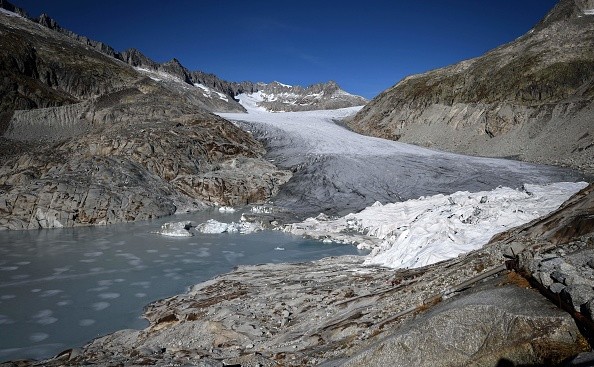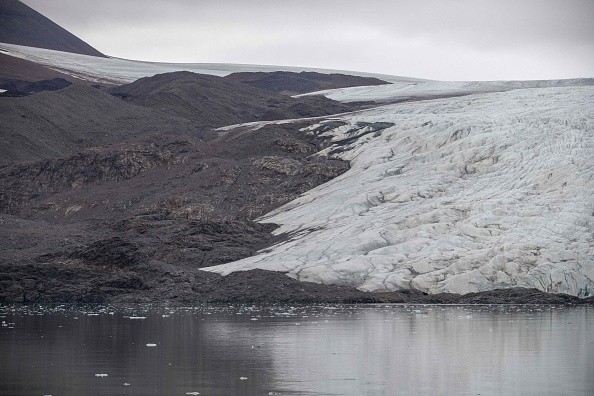When it comes to sea level rise, the melting of ice sheets that float on and along the world's oceans is a key climatic culprit.
Melting as a result of warm and salty seawater seeping beneath "grounded" sections of ice sheets along land, and what happens when that combination intrudes deep under glacier interior is less understood.

How Seawater Contribute to Glacier Melt, Sea Level Rise
An assistant professor at the School of Earth and Atmospheric Sciences, Alexander Robel, led a new study published in The Cryosphere that may provide light on the matter. According to a new theory established by Georgia Tech's Ice & Climate Group, glaciers may be melting at a faster rate than previously thought.
To put it another way, the article demonstrates that warm seawater can penetrate beneath glaciers and, if it induces melting at the glacier bottom, can cause predictions of future sea level rise to be up to two times greater than present estimates.
Researchers found that the grounding line (the point where glacial ice meets water) isn't as impermeable as previously thought, the new study showed.
The study reveals that seawater intrusion over flat or reverse-sloped impermeable beds can occur up to tens of kilometers upstream of a glacier's termination or grounding line, based on mathematical and computational simulations, according Phys.org.
When salty seawater seeps under glaciers, it may bring heat from the ocean with it. This, according to researchers, has the potential to cause glacier bottom melting to increase dramatically.
MIT postdoctoral fellow Earle Wilson and Dartmouth College associate professor Helene Seroussi joined Robel as co-authors on the work.
Also Read : New Research: Himalayan Glaciers Are Melting Rapidly, Threatening the Water Supply of Millions in Asia
Intrusion-induced Basal Melt
Georgia Tech's Partnership for an Advanced Computing Environment (PACE) high-performance computing cluster is used in the current study, which expands on a 2020 study headed by Wilson that demonstrated how these invasions may occur in the laboratory.
It's possible that seawater may seep into subglacial meltwater channels, Wilson said, much like how ocean water can move upstream and mingle with river water in a typical estuary. If subglacial estuaries are not only possible, but also likely, their existence has a profound impact on future sea level rise.
A few hundred meters of basal melt due to seawater intrusion upstream of marine ice sheet grounding lines can lead forecasts of marine ice sheet volume loss of 10% to 50% greater, as per Science Daily.

When Does Seawater Intrusion Occur?
According to Robel, the results of this study, show that more observational, experimental, and numerical studies are needed to understand the conditions under which seawater intrusion happens - and whether or not it will in fact cause rapid marine ice sheet retreat and sea level rise in the future.
As a first step, the team will examine measurements from previous field expeditions to see if their theory holds water. They are also working to secure funding for an Antarctic expedition to look for evidence of this type of intrusion in the coming year.
Robel says this contributes to an important contemporary body of work that seeks to determine how rapidly ice sheets melt in a changing climate, and what physical processes are significant in driving these rapid changes.
Related Article : Melting Glaciers Due to Global Warming is Slightly Warping Earth's Crust, Scientists Warn
For more news, updates about glacier melt and similar topics don't forget to follow Nature World News!
© 2025 NatureWorldNews.com All rights reserved. Do not reproduce without permission.





